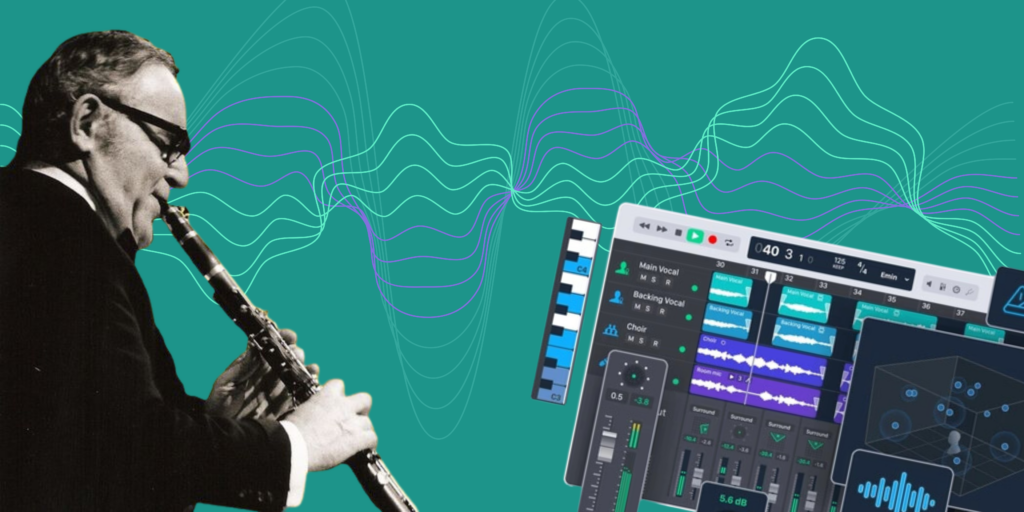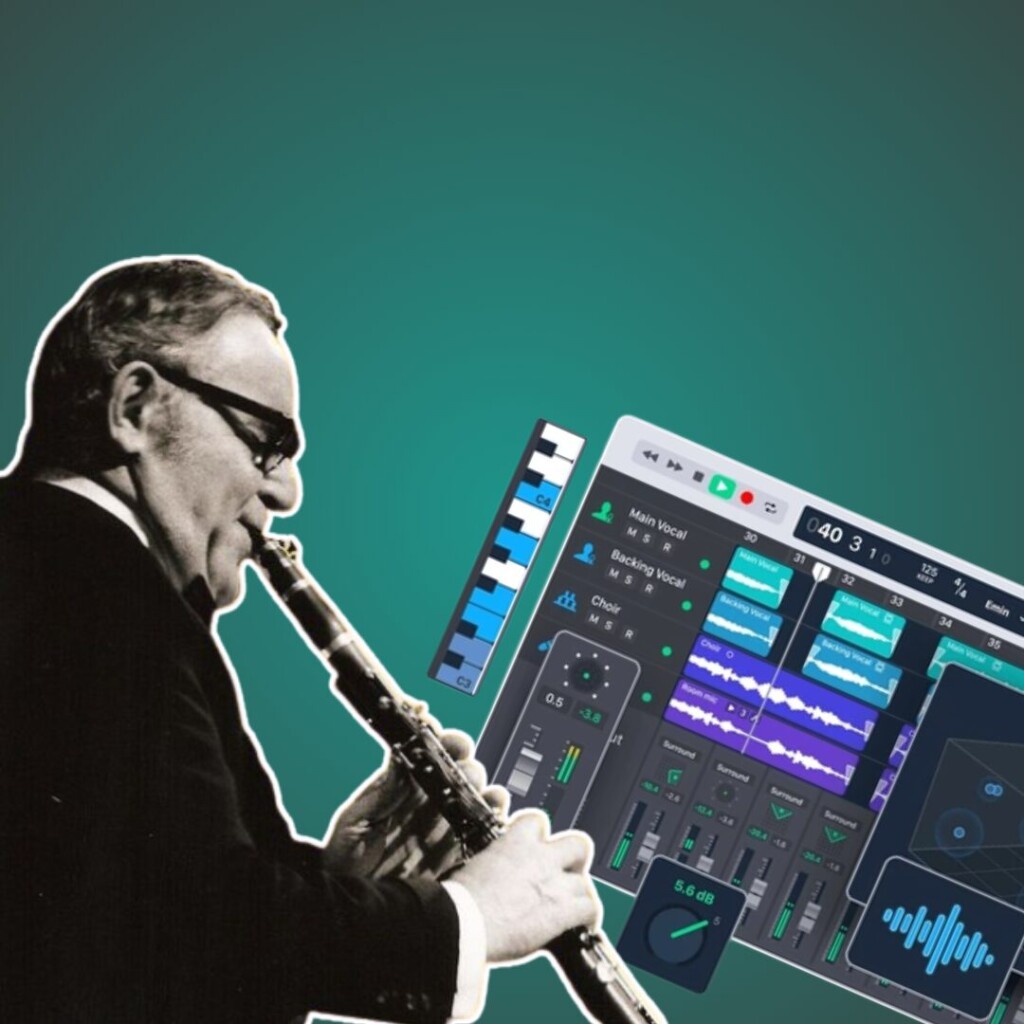Top perks of an electronic clarinet!
The clarinet, with its rich, versatile sound and extensive range, has been a staple in orchestras, jazz bands, and solo performances since its development in the early 18th century. Traditionally made from wood, the clarinet has seen numerous adaptations, but perhaps none as revolutionary as the advent of the electronic clarinet. This modern iteration merges the classic beauty of the clarinet with the advanced capabilities of digital technology, offering musicians a wealth of new opportunities. Â In this blog, we will explore the advantages of the electronic clarinet, shedding light on how it enhances musical expression, convenience, and creativity.
It´s important to note that the electronic clarinet is not a replacement but an extension of the traditional clarinet, which we value and respect.
1. Versatile sound capabilities
One of the standout features of the electronic clarinet is its ability to emulate a vast array of sounds. Beyond the traditional clarinet timbre, players can switch to sounds of other woodwind instruments, synthesizers, and even unconventional tones. This versatility opens up new realms for musicians, allowing them to experiment and integrate diverse sounds into their performances without switching instruments. Here are a few examples of how this capability can be utilized:
Woodwind instrument emulation:
- Saxophone: By selecting a saxophone sound, a clarinetist can perform jazz pieces with a saxophone’s rich, bold tone without needing to learn a new instrument.
- Flute: For classical pieces that require the light, airy sound of a flute, the electronic clarinet can switch to this timbre, adding a new layer of versatility to the musician’s repertoire.
- Oboe: The electronic clarinet can mimic the distinctive reedy sound of the oboe, allowing for more authentic renditions of baroque and classical music that feature oboe parts.
2. Volume control and silent practice
Unlike its acoustic counterpart, the electronic clarinet comes with adjustable volume settings. This feature is particularly beneficial for musicians living in close quarters or those who wish to practice late at night without disturbing others. Many models also include headphone jacks, enabling completely silent practice sessions. (Travel Clarinet)
3. Integration with digital devices
Electronic clarinets are designed to seamlessly integrate with computers, tablets, and smartphones. This connectivity allows musicians to use digital audio workstations (DAWs), notation software, and other music apps for composing, recording, and editing their music. MIDI capabilities further expand the potential for digital interfacing, making it easier to create and share music. Let´s delve into how these integrations work and their benefits for musicians:
Digital Audio Workstations (DAWs): DAWs like Ableton Live, Logic Pro, and Pro Tools are powerful software platforms that musicians use for recording, editing, and producing music.
Integration with electronic clarinet:
- Direct recording: Musicians can connect their electronic clarinet directly to a computer or tablet via USB or audio interface, allowing for high-quality, real-time recording.
- Sound manipulation: Within the DAW, musicians can apply various effects, edit their recordings, and manipulate the sound to achieve the desired outcome.
- Multi-track recording: Artists can layer multiple tracks, blending the clarinet with other instruments or electronic sounds to create complex compositions.
MIDI capabilities: MIDI (Musical Instrument Digital Interface) is a protocol that allows electronic musical instruments to communicate with each other and with computers.
Integration with electronic clarinet:
- Versatile sound control: MIDI allows the electronic clarinet to control virtual instruments and synthesizers, greatly expanding the sound palette available to the musician.
- Sequencing: Musicians can use MIDI to create and edit sequences of notes, rhythms, and dynamics, providing precise control over their music.
- Synchronization: MIDI enables synchronization with other MIDI-compatible devices, allowing for coordinated performances and complex compositions involving multiple instruments.


4. Customizable settings
One of the best features of the electronic clarinet is its customizable settings, giving musicians a personalized and consistent playing experience. You can save your preferred settings for tone, effects, and volume, and recall them with the push of a button. For instance, you might prefer a warmer tone for classical pieces and a brighter one for jazz. You can also apply and save effects like reverb, delay, or chorus to enhance your sound. Plus, you can set and save different volume levels for practice, small venues, and large concert halls, ensuring the perfect balance every time.
This makes setup quick and easy, keeps your sound consistent, and lets you focus more on your performance. Whether you’re tailoring your instrument for specific pieces or different venues, these customizable settings help you optimize your sound. This flexibility means you can always deliver your best performance, making the electronic clarinet an invaluable tool for modern musicians.
5. Portability and durability
Constructed from modern, lightweight materials, electronic clarinets are typically more robust and easier to transport than traditional wooden clarinets. This durability makes them ideal for traveling musicians, reducing the risk of damage from temperature fluctuations and physical impacts.
6. Practical applications
- Live Performances: During live shows, a clarinetist can seamlessly switch between different instrument sounds to suit the changing styles and moods of the setlist, keeping the audience engaged and entertained.
- Studio Recording: In a recording studio, the ability to produce various sounds from one instrument streamlines the recording process, saving time and resources. Musicians can layer different sounds to create rich, multi-dimensional tracks.
Happy reading! 📚🎷
Odisei Music Team
